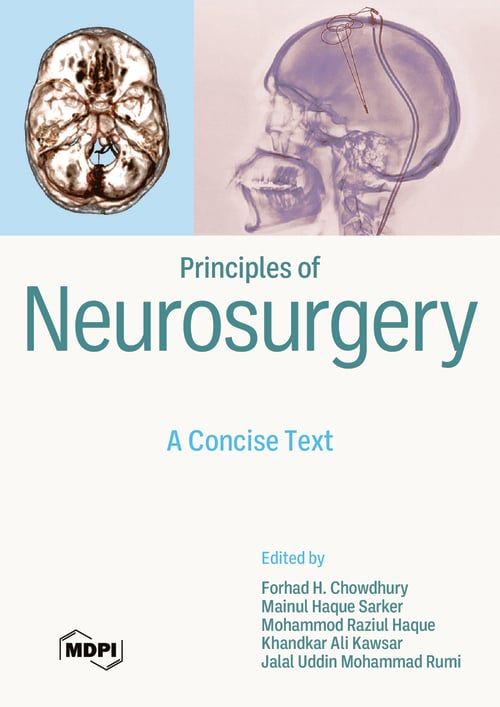Neuroanesthesia and Related Aspects
Neurosurgical procedures are now quite safe due to invaluable advances in neuroanesthesia techniques. During an operation, the maintenance of low ICP is essential both for anesthesiologists and neurosurgeons. So, the basics of ICP and details of the causes of raised ICP as well as its management are described in the first part of this section. The pharmacological drugs utilized for neuroanesthesia are described shortly after, and the steps of practically inducing neuroanesthesia are also mentioned. Inducing neuroanesthesia in special situations (such as aneurysm surgery, sitting-position surgery, post-fossa surgery, etc.) is also discussed in this chapter. Finally, an account of awake craniotomy is also provided in brief.
